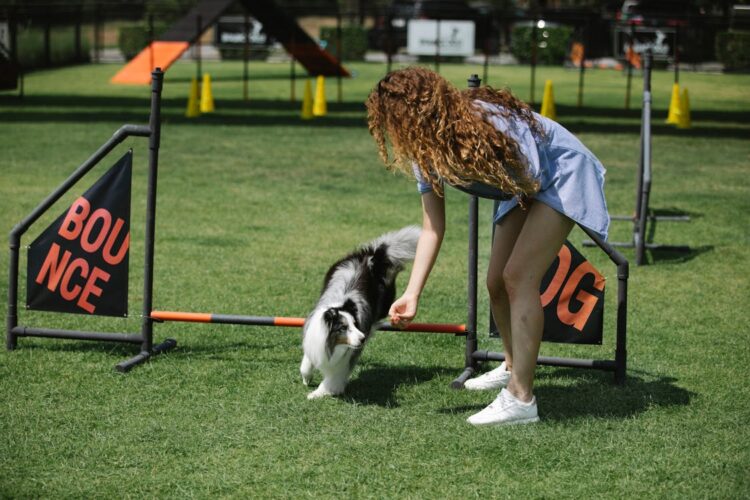Training your dog to be obedient is essential for a harmonious relationship between you and your furry friend. Whether you’re a new pet owner or have had dogs for years, understanding effective training techniques can make a world of difference. In this comprehensive guide, we’ll explore the best dog training tips for obedience, helping you and your dog achieve better communication and a stronger bond.
Introduction to Dog Training for Obedience
Why Obedience Training Matters
Obedience training forms the foundation of a positive relationship between you and your dog. It ensures your dog understands acceptable behavior and can follow commands, which is crucial for their safety and your peace of mind. Training your dog for obedience helps prevent destructive behaviors, keeps them mentally stimulated, and strengthens the bond you share.
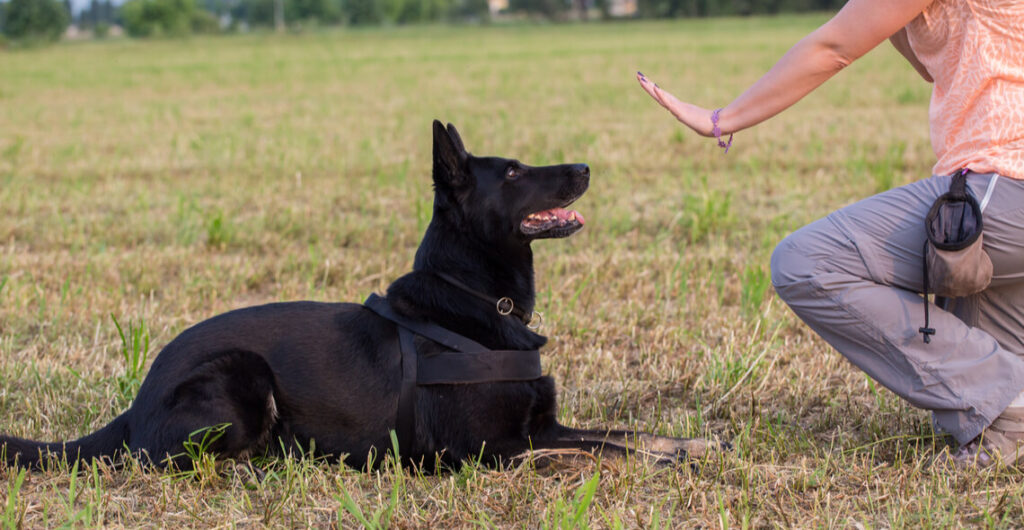
Benefits of Obedience Training
The benefits of obedience training extend beyond mere compliance. A well-trained dog is easier to manage and can participate in various activities, such as dog sports and therapy work. Training also provides mental enrichment, reducing boredom and anxiety. Moreover, it enhances your dog’s social skills, making interactions with other pets and people more enjoyable.
Understanding Your Dog’s Behavior
Recognizing Behavioral Patterns
To train your dog effectively, you need to understand their behavior. Dogs communicate through body language, vocalizations, and actions. Recognizing patterns, such as tail wagging, barking, and ear positioning, can help you interpret their needs and emotions, making training more effective.
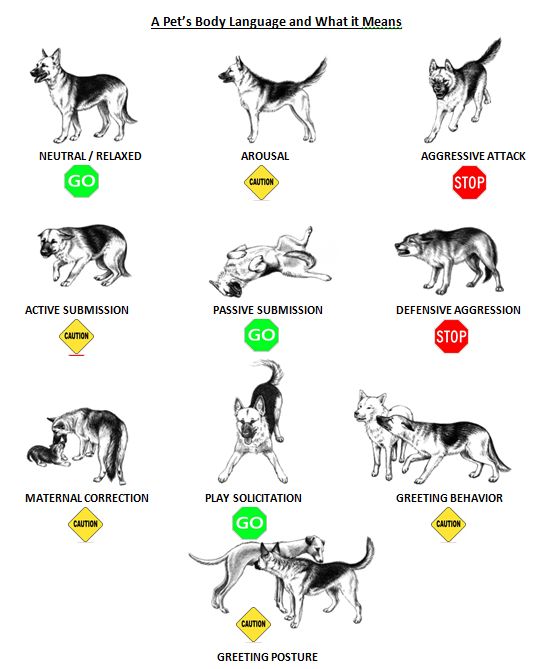
Common Behavioral Issues
Common behavioral issues in dogs include excessive barking, digging, chewing, and jumping. These behaviors often stem from boredom, anxiety, or a lack of proper training. Identifying the root cause is the first step in addressing and correcting these issues.
Setting Up for Success: The Training Environment
Choosing the Right Space
Selecting the right environment for training is crucial. Ideally, it should be a quiet, distraction-free area where your dog feels comfortable. As your dog progresses, you can introduce more distractions to ensure they can obey commands in various settings.
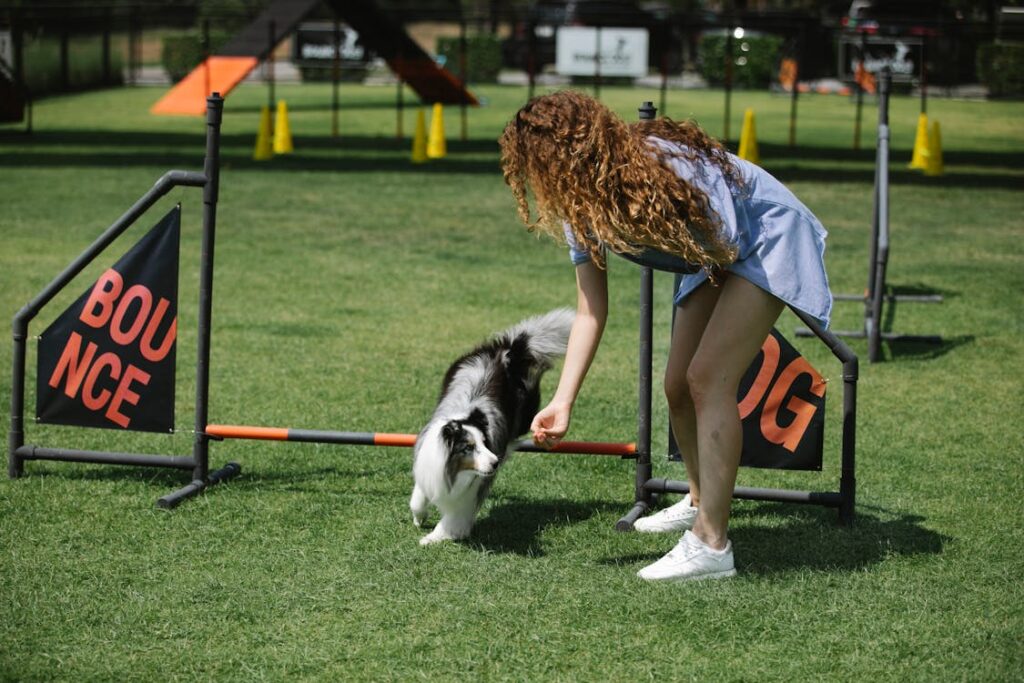
Essential Training Tools
Having the right tools can make training more efficient. Essential items include a sturdy leash, a comfortable collar or harness, treats, and toys. Clickers are also popular for marking desired behaviors, making it easier for dogs to understand what is expected of them.
Basic Commands for Obedience Training
Sit
Teaching your dog to sit is one of the fundamental commands. Start by holding a treat close to your dog’s nose, then move your hand up, allowing their head to follow the treat and causing their bottom to lower. Once they are in a sitting position, say “Sit,” give them the treat, and offer praise.
Stay
The “Stay” command is crucial for your dog’s safety. Begin by having your dog sit, then open your palm in front of you and say “Stay.” Take a few steps back and, if they remain in place, reward them with a treat. Gradually increase the distance and duration of the stay.
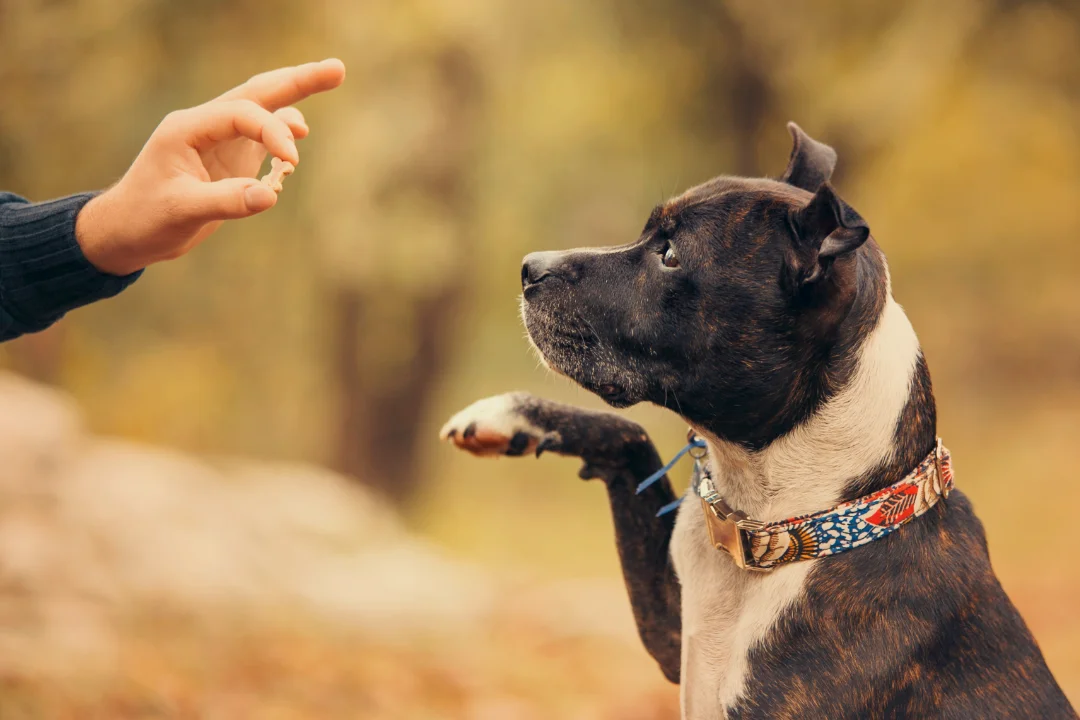
Come
“Come” is a vital command, especially for off-leash situations. Start by attaching a leash and gently pulling it while saying “Come.” When your dog moves towards you, reward them with a treat and positive reinforcement. Practice this command regularly in different environments.
Heel
“Heel” teaches your dog to walk beside you without pulling on the leash. Hold a treat at your waist and encourage your dog to follow it. As they walk by your side, say “Heel” and reward them. Consistent practice will help your dog understand and follow this command.
Advanced Commands and Tricks
Roll Over
Teaching your dog to roll over can be a fun and impressive trick. Start by having your dog lie down, then hold a treat close to their nose and move it towards their shoulder, encouraging them to roll onto their side. Continue moving the treat in a circular motion until they complete the roll, then reward them.

Fetch
Fetch is a great way to provide physical exercise and mental stimulation. Begin by showing your dog a toy and throwing it a short distance. When they pick it up, call them back and encourage them to drop it by offering a treat or another toy. Repeat this process, gradually increasing the distance of the throw.
Speak
Teaching your dog to speak on command can help control their barking. Start by identifying situations where your dog naturally barks, then introduce the command “Speak” just before they do. Reward them immediately after they bark on command, and practice regularly to reinforce the behavior.
Positive Reinforcement Techniques
Using Treats Effectively
Treats are a powerful tool in dog training when used correctly. Choose high-value treats that your dog loves, and use them to reward desired behaviors immediately. Be mindful of portion sizes to avoid overfeeding and maintain a balanced diet.

Verbal Praise and Affection
In addition to treats, verbal praise and affection are essential components of positive reinforcement. Use a cheerful tone of voice to praise your dog, and provide physical affection, such as petting and belly rubs, to reinforce good behavior. This combination strengthens the bond between you and your dog while encouraging obedience.
Consistency is Key: Establishing a Routine
Developing a Training Schedule
Consistency is crucial in dog training. Establish a regular training schedule, incorporating short, focused sessions several times a day. Consistent practice helps reinforce commands and ensures your dog understands expectations.
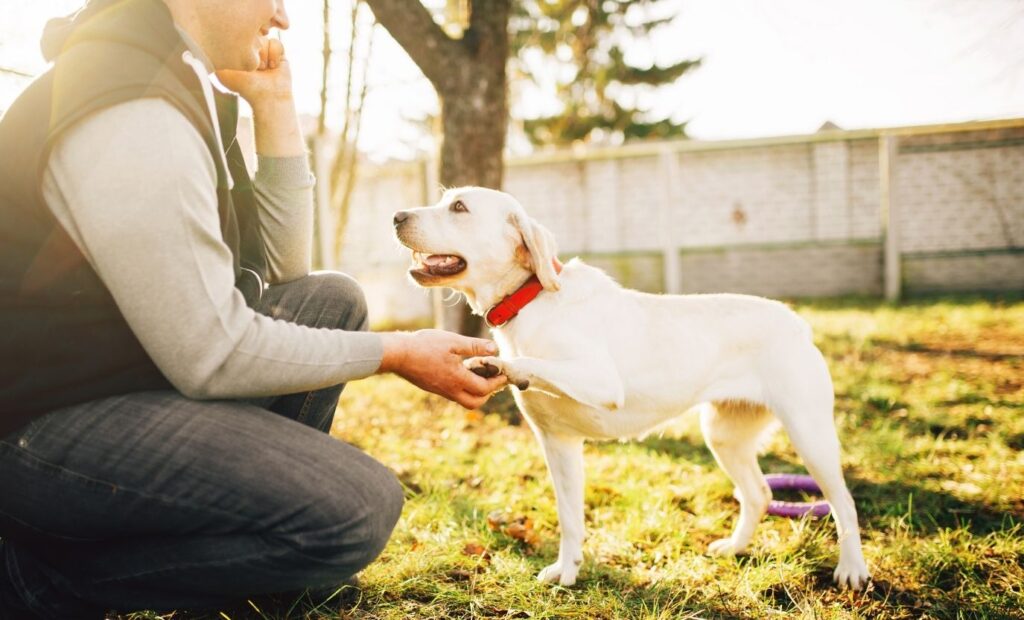
Tracking Progress
Keeping a training journal can help you track your dog’s progress. Note which commands they have mastered and which need more practice. This record can also help identify patterns or issues, allowing you to adjust your training approach as needed.
Socialization: A Crucial Aspect of Obedience
Introducing Your Dog to New Environments
Socialization is vital for a well-rounded, obedient dog. Gradually introduce your dog to new environments, such as parks, busy streets, and different types of terrain. Positive exposure to various settings helps your dog become more adaptable and less fearful.
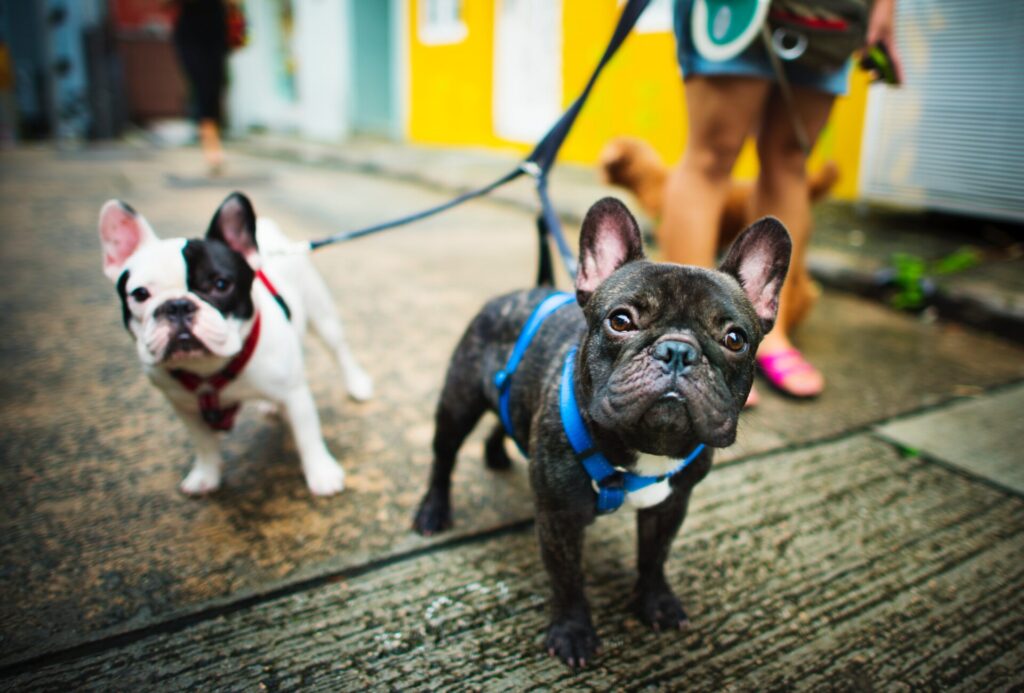
Interaction with Other Dogs
Interacting with other dogs is an essential part of socialization. Arrange playdates with friendly, well-behaved dogs to teach your dog proper social skills. Supervised interactions can help prevent behavioral issues and promote positive experiences.
Common Mistakes in Dog Training and How to Avoid Them
Overcoming Frustration
Training can be challenging, and frustration is common. Avoid expressing anger or impatience, as this can hinder your dog’s progress. Instead, take breaks when needed and maintain a positive attitude.

Understanding Your Dog’s Limits
Every dog is different, and it’s essential to understand your dog’s limits. Pushing too hard can lead to stress and resistance. Pay attention to your dog’s cues and adjust your training pace accordingly.
Dealing with Specific Behavioral Issues
Addressing Aggression
Aggression can be a serious issue that requires immediate attention. Identify triggers and work with a professional trainer to develop a behavior modification plan. Consistent training and positive reinforcement can help manage and reduce aggressive behaviors.
Managing Separation Anxiety
Separation anxiety is common in dogs and can be distressing for both pets and owners. Gradually acclimate your dog to being alone by starting with short periods and gradually increasing the time. Provide engaging toys and create a calm environment to help your dog feel secure.
FAQs
How long does it take to train a dog for obedience? Training duration varies depending on the dog and the consistency of training. Basic commands can take a few weeks, while advanced training may take several months.
What is the best age to start obedience training? It’s ideal to start training puppies between 8 to 16 weeks old, but dogs of any age can learn new behaviors with patience and consistency.
Can older dogs be trained for obedience? Yes, older dogs can be trained. While it may take a bit longer, with consistent effort and positive reinforcement, they can learn new commands and behaviors.
How often should I train my dog? Short, frequent training sessions are most effective. Aim for 5-10 minute sessions multiple times a day to keep your dog engaged and prevent burnout.
What should I do if my dog isn’t responding to training? If your dog isn’t responding, assess your training methods and environment. Ensure you’re using high-value rewards and consider seeking advice from a professional trainer.
Are there breeds that are easier to train for obedience? Some breeds, like Border Collies and Poodles, are known for their intelligence and trainability. However, any dog can be trained with the right approach and consistency.
Conclusion
Training your dog for obedience is a rewarding journey that requires patience, consistency, and a positive attitude. By following these comprehensive tips and techniques, you can build a strong, trusting relationship with your dog and enjoy the benefits of a well-behaved pet. Remember, the key to successful training lies in understanding your dog’s behavior, using positive reinforcement, and maintaining a consistent routine. Happy training!



